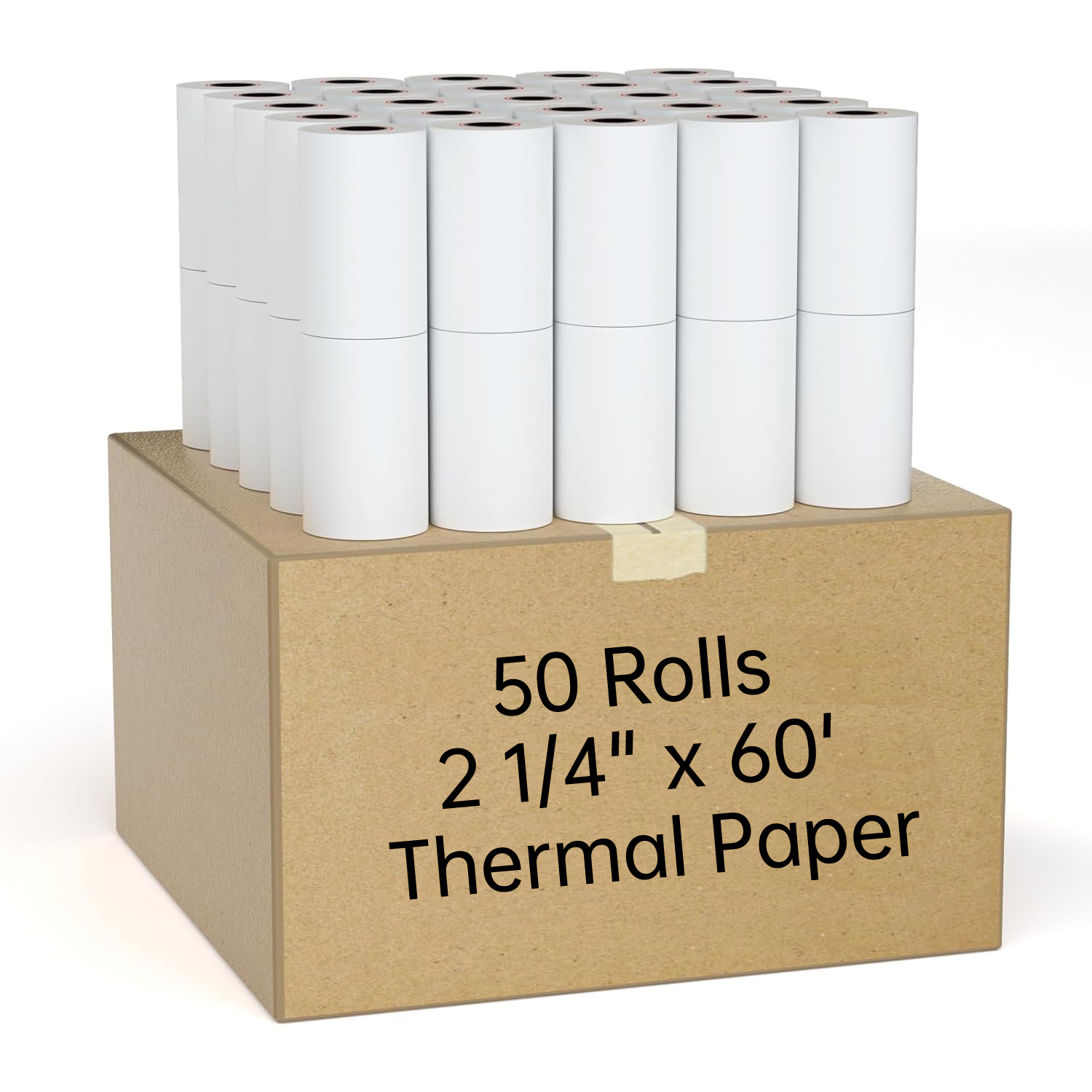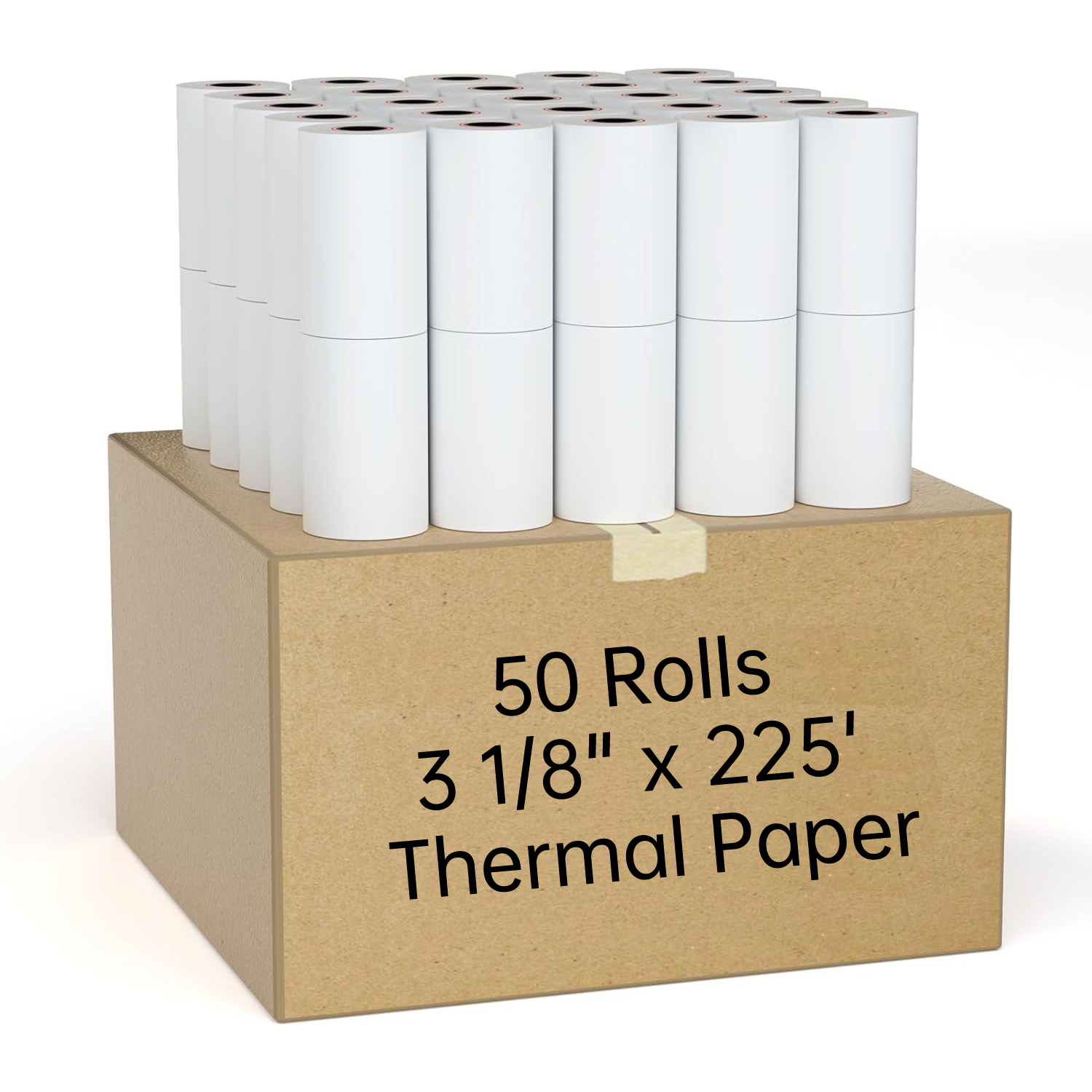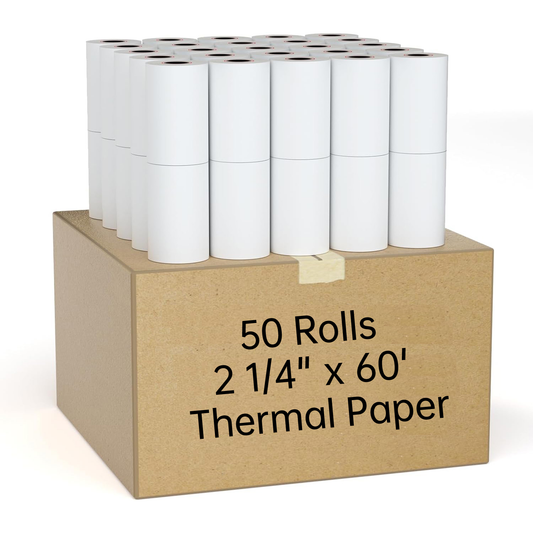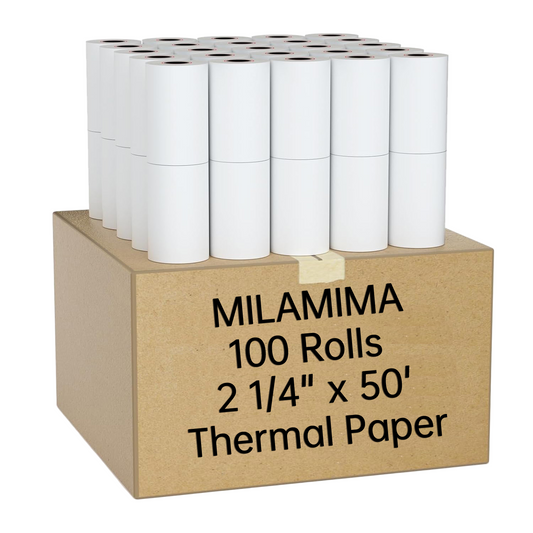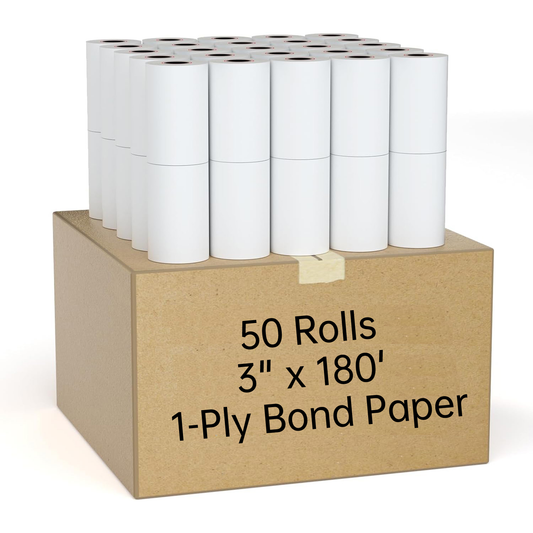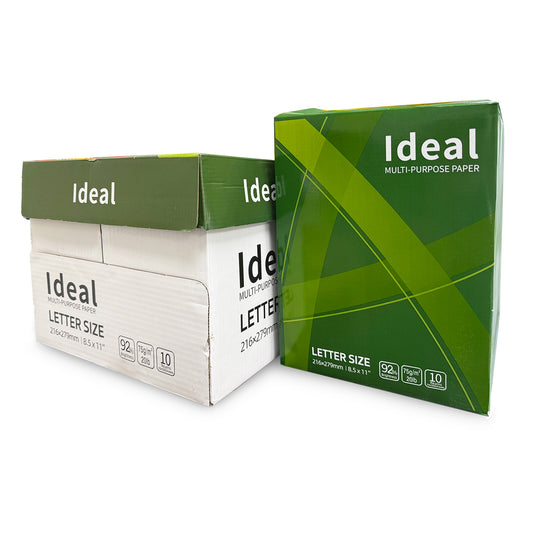What Is Thermal Receipt Paper? Uses, Benefits; Buying Guide
Thermal receipt paper is a special fine paper that is coated with a chemical that changes color when exposed to heat. It’s widely used in point-of-sale (POS) systems, cash registers, ATMs, credit card terminals, and portable printers. This article explains everything you need to know about thermal receipt paper—including how it works, why it's beneficial, and how to choose the right type for your business.
How Does Thermal Receipt Paper Work?
Unlike traditional printing, thermal printing doesn’t require ink or toner. Instead, a thermal printer applies heat to the specially coated paper surface. The heat activates the coating, producing text or images instantly. This process is fast, quiet, and efficient, making thermal paper the go-to solution for retail, hospitality, and banking industries.
Common Applications of Thermal Receipt Paper
- Point-of-Sale (POS) Systems: Used in retail stores, restaurants, and supermarkets for printing receipts.
- ATMs: Banks use thermal paper to print transaction records and balances.
- Gas Stations: Thermal rolls are standard in fuel dispensers and automated kiosks.
- Credit Card Terminals: Compact terminals rely on thermal rolls for efficient receipt generation.
- Mobile Printers: Delivery drivers and field technicians use portable thermal printers.
Top Benefits of Using Thermal Receipt Paper
- No Ink or Toner Required: Cost-effective and low maintenance.
- High-Speed Printing: Fast output—perfect for high-volume businesses.
- Clear, Smudge-Free Prints: Professional and clean look every time.
- Quiet Operation: Thermal printers operate silently compared to dot matrix or inkjet printers.
- Space-Saving: Compact paper rolls that are easy to store and replace.
How to Choose the Right Thermal Receipt Paper
1. Size and Dimensions
The most common sizes are:
- 2 1/4" x 50' – For credit card terminals
- 3 1/8" x 230' – For POS systems and retail printers
Check your printer’s specifications to ensure compatibility.
2. Core Size
Typical core sizes include 1/2" and 7/16". A mismatched core can result in printer jams or roll slippage.
3. Paper Quality
Choose BPA-free thermal paper for health and environmental reasons. Quality paper resists fading and tearing, ensuring long-lasting print clarity.
4. Canadian Stock Availability
If you're running a business in Canada, sourcing from a domestic supplier like MilaMima ensures faster shipping and better support. All MilaMima thermal papers meet Canadian quality standards.
Thermal vs Bond vs Carbonless Receipt Paper
| Type | Printing Method | Needs Ink? | Common Use |
|---|---|---|---|
| Thermal | Heat activated | No | POS, ATMs, credit card terminals |
| 1-Ply Bond | Dot matrix | Yes | Cash registers, restaurants |
| 2-Ply/3-Ply Carbonless | Impact printing | Yes | Multi-copy receipts |
Thermal Receipt Paper Care Tips
- Keep away from direct sunlight and heat sources
- Store in a cool, dry place
- Handle with clean, dry hands to prevent smudges
- Avoid contact with oil, plasticizers, or adhesives
Eco-Friendly Options
At MilaMima, we offer BPA-free and phenol-free thermal paper options, aligning with environmental and health-conscious standards. Choose sustainable solutions without compromising performance.
Why Buy Thermal Paper from MilaMima?
- ✅ Canadian-owned and operated
- ✅ Fast domestic shipping
- ✅ Competitive pricing and bulk discounts
- ✅ High-quality, BPA-free materials
- ✅ Trusted by small businesses and retail chains
Shop thermal receipt paper now →
Conclusion
Whether you run a coffee shop, retail store, or service business, thermal receipt paper is an essential supply that ensures smooth and professional customer interactions. Understanding the types, benefits, and storage practices will help you make informed purchasing decisions. For reliable, high-quality thermal paper in Canada, trust MilaMima—your partner in efficient business operations.
Need help choosing the right thermal paper? Contact our team anytime for personalized support.


